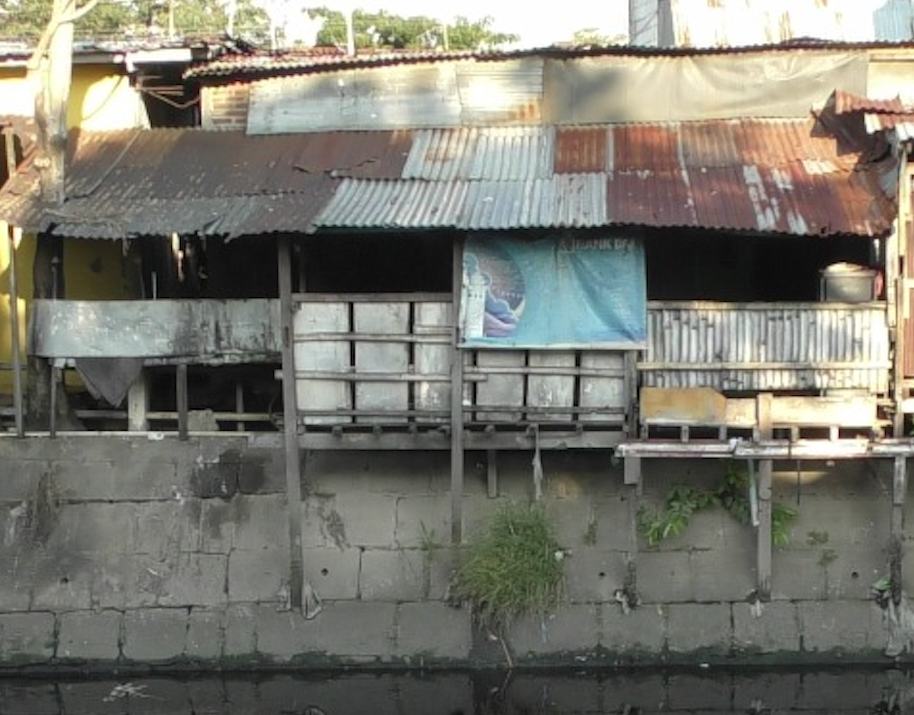
News
‘Everyone Has Dreams’
Play audio version
Disability Rights Activist Farida Campaigns Against the Stigma of Leprosy
July 18, 2022
Translated from Bahasa Indonesia.
Click here for the Bahasa Indonesia version of this article.
MAKASSAR, Indonesia — Every year, an average of 250,000 people are diagnosed with leprosy across the globe. As one of the world’s oldest diseases that has been studied and treated countless times, why is there still such a robust and negative stigma surrounding those who have contracted the illness? Misconceptions of leprosy are plentiful. In some countries, people still believe it’s a hereditary disease that can be passed down from parent to child, while others see it as a sign of “impure blood.” In Indonesia, a country with the third highest incidence of leprosy in the world with about 17,000 new cases annually, this chronic infectious disease is still often considered a curse or a punishment from god.
These misconceptions about leprosy manifest in multiple ways. In some countries, including Indonesia, women who experience leprosy who give birth are at risk of having their children taken from them, while men and women who contract the disease are sometimes forced to live separately from the rest of society in what used to be known as “leper colonies.” Overall many people who experience leprosy are trapped in a never-ending cycle of poverty and discrimination. They face significant barriers to education and employment, making them highly vulnerable to poverty. In Indonesia, the lack of information from the government about leprosy perpetuates the stigma, causing those affected to sometimes hide their symptoms and forgo treatment. This makes eradicating the disease in this country all but impossible.
Everyone has dreams. I used to want to be a teacher but the obstacle … because I have leprosy, I was expelled. … That was it.
Farida
Disability rights and leprosy activist Farida, who has a single given name, has experienced this discrimination firsthand in South Sulawesi, Indonesia. While still in junior high school, she was diagnosed with leprosy and expelled for contracting the disease. “Everyone has dreams. I used to want to be a teacher but the obstacle … because I have leprosy, I was expelled. … That was it,” she says. Farida moved to Jongaya, one of the few leprosy communities that still exist in Indonesia today, to live with an uncle who’d also contracted the disease. There, she received treatment in the hospital and found kinship among others living in the village. Though segregated and hidden from the rest of society, Farida was able to settle down here and start a life. “In 1989, three months after I was there, I got married, I finished my treatment. … My husband was also [a person who experienced leprosy],” she says.
That sense of acceptance and community ended at the edge of Jongaya, however. After Farida and her husband welcomed a son born without leprosy, Farida’s family members, especially an aunt and cousin, were worried. With the prevailing misinformation surrounding the transmission of leprosy, they were concerned her son would develop the disease while living with his mother. (In reality, once people with leprosy start treatment, as Farida had, they are no longer contagious.) They proposed taking the child from Farida and her husband to live with them. Farida adamantly refused. “I went back to my village. … My aunt and cousin also wanted to take my son, but I didn’t want to because I could take care of [him] myself. They were afraid that my child would also get the disease, leprosy. That’s why they wanted to take my child when he was five or six months old,” she says. She recalls an unidentified family member telling her, “Your child will also get the disease if he lives with you!” Undeterred, Farida and her husband raised their child together on their own.
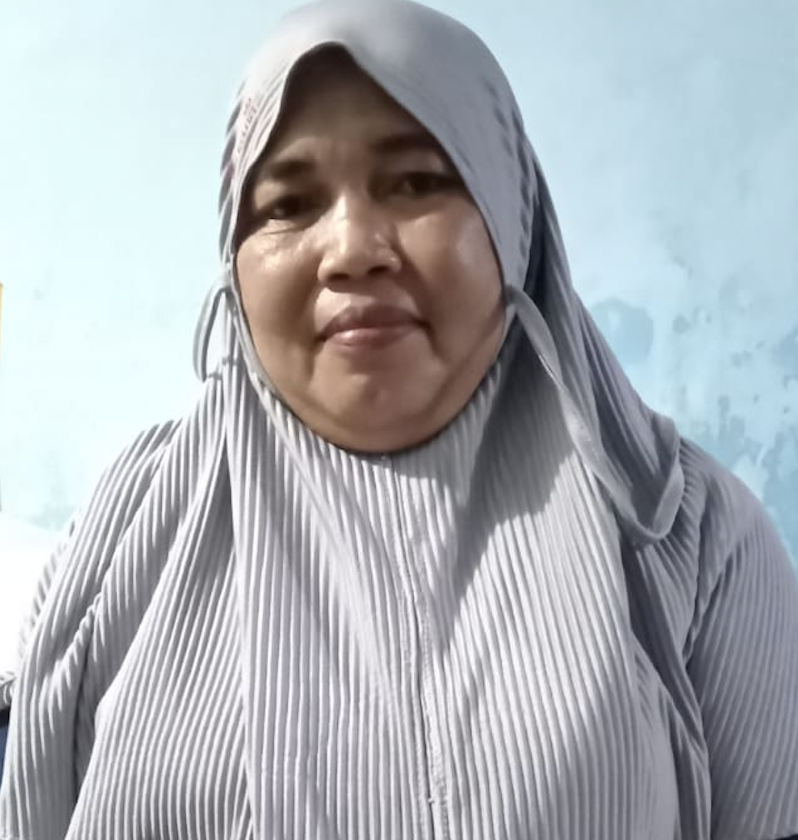
Today, Farida is leprosy-free. Now she wants to help combat the stigma of this disease in her community and across Indonesia. She has become an advocate and provides moral support to others who experience leprosy. She is also a member of the Independent Association of Leprosy Indonesia (PerMaTa) and the Association of Indonesian Women with Disabilities (HWDI) South Sulawesi, where she promotes government reforms, collects data, and assists in cases of violence and discrimination against people experiencing leprosy in Makassar, the capital of South Sulawesi. In Indonesia, 26 provinces and 401 cities have eliminated leprosy, with prevalence rates of less than 1 case per 10,000. Unfortunately, Sulawesi Island, where South Sulawesi is located, has not achieved this status. In 2020, a study published by the Health Office in South Sulawesi found that the prevalence rate in the province was 7.57 per 10,000, vastly more than the target rate of <1 per 10,000. Additionally, a 2017 report published by Bumigora University in West Nusa Tenggara, Indonesia, found that the total number of cases in Sulawesi contributed to “16.5% of the total cases in Indonesia.”
Farida helps campaign for leprosy awareness in the schools and among other persons who experience leprosy. “[Leprosy can be cured] … by taking medicine regularly. … Whenever we don’t take medicine, the disease can come back again, and we have to start the treatment all over again. … I give understanding to the community,” she says.
Leprosy is caused by a bacterium that attacks the peripheral nerves and skin, causing numbness in some areas of the body as well as white skin patches, bumps, and swelling. There are two common types of leprosy: paucibacillary (PB), characterized as a less advanced disease with a low bacterial load, and multibacillary (MB), characterized as more advanced with a higher bacterial load. In Indonesia, the protocol for treating leprosy is a highly effective, multi-drug treatment administered over six months to two years depending on the severity of the disease. If left untreated, the disease can result in a permanent disability.
Farida hopes that more persons experiencing leprosy will seek treatment and that information related to leprosy will become more readily accessible, resulting in an elimination of misconceptions surrounding the disease and leprosy’s eventual eradication. Her goal is to one day see a special policy in place that creates access to education for children experiencing leprosy in Indonesia. According to a report submitted by 14 Indonesian organizations advocating for the rights of persons experiencing leprosy, students are frequently asked to leave school when they contract the disease. In 2018, a child was expelled because his parents were diagnosed with leprosy.
“I campaign with my friends [who experience leprosy] every World Leprosy Day,” says Farida. “We go down the street together and visit the regions. We do that with [PerMaTa], the head officer of the Health Office in the regions. … We distribute flowers, brochures to the community … [with the information] that leprosy can be cured.”
Dija is a 2022 DJP Fellow and chairperson of HWDI of South Sulawesi. @2022 HWDI. All rights reserved.
News From the Global Frontlines of Disability Justice

Disability in a Time of War
Ukraine’s long-standing system of institutionalizing children with disabilities has only worsened under the pressures of war. While some facilities received funding to rebuild, children with the highest support needs were left in overcrowded, understaffed institutions where neglect deepened as the conflict escalated. “The war brought incredibly immediate, visceral dangers for this population,” says DRI’s Eric Rosenthal. “Once the war hit, they were immediately left behind.”

The Language Gap
More than a year after the launch of Rwanda’s Sign Language Dictionary, Deaf communities are still waiting for the government to make it official. Without Cabinet recognition, communication in classrooms, hospitals, and courts remains inconsistent. “In the hospital, we still write down symptoms or point to pictures,” says Jannat Umuhoza. “If doctors used sign language from the dictionary, I would feel safe and understood.”
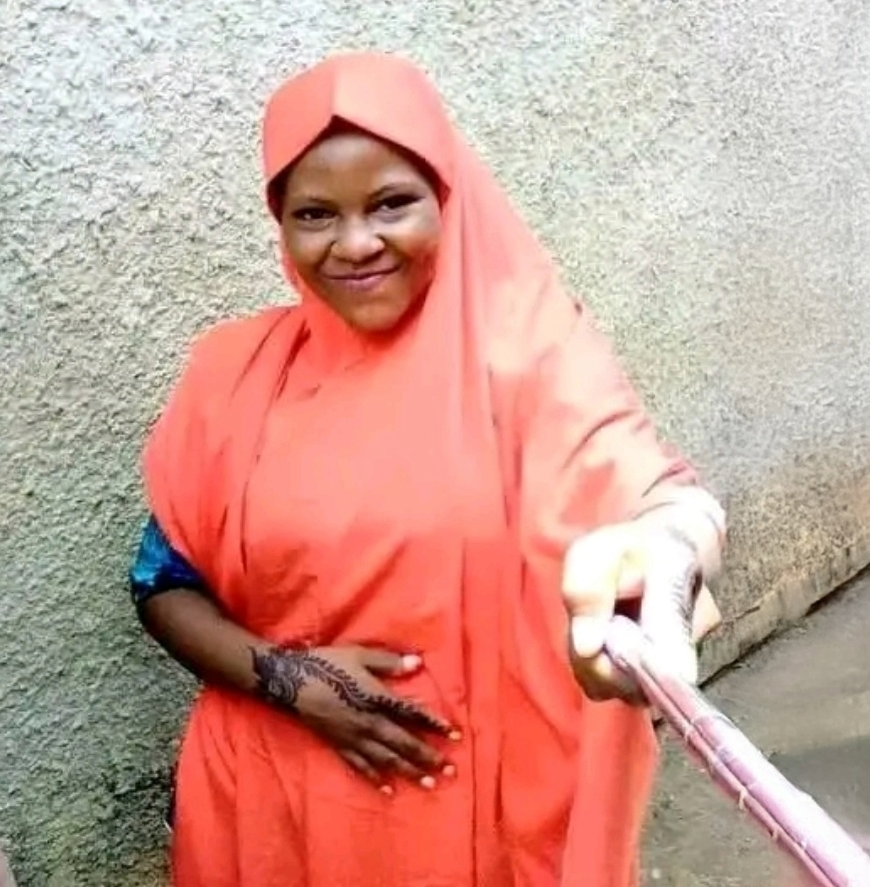
Failure to Inform
Zulaihatu Abdullahi dreamed of finishing school and building a home of her own. But at 19, she died of untreated kidney disease because no one could communicate with her in sign language. Her story reveals how Deaf Nigerian women are often left without lifesaving care. “If only she had access to healthcare where someone could guide her… explain each step, she might still be here,” says Hellen Beyioku-Alase, founder and president of the Deaf Women Aloud Initiative.
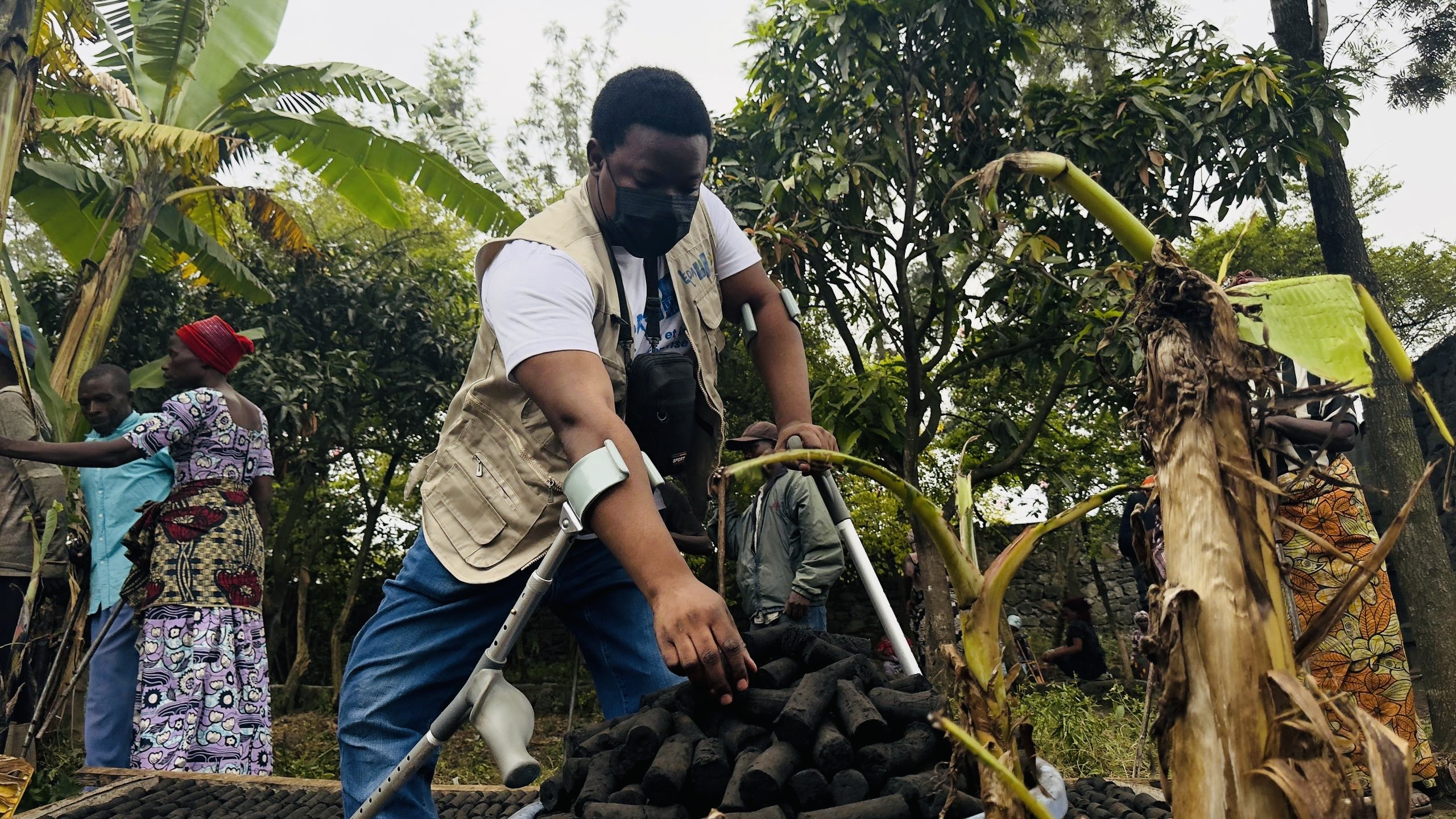
Disability in the Crossfire
In Goma, Democratic Republic of Congo, ongoing conflict and forced displacement have hit people with disabilities hardest. Rebel groups seized supplies from a clean cooking initiative designed to support displaced people with disabilities, leaving many trapped without aid. “It is still a big difficulty for authorities or government or humanitarian organizations to make a good decision which includes everyone,” says Sylvain Obedi of Enable the Disable Action.
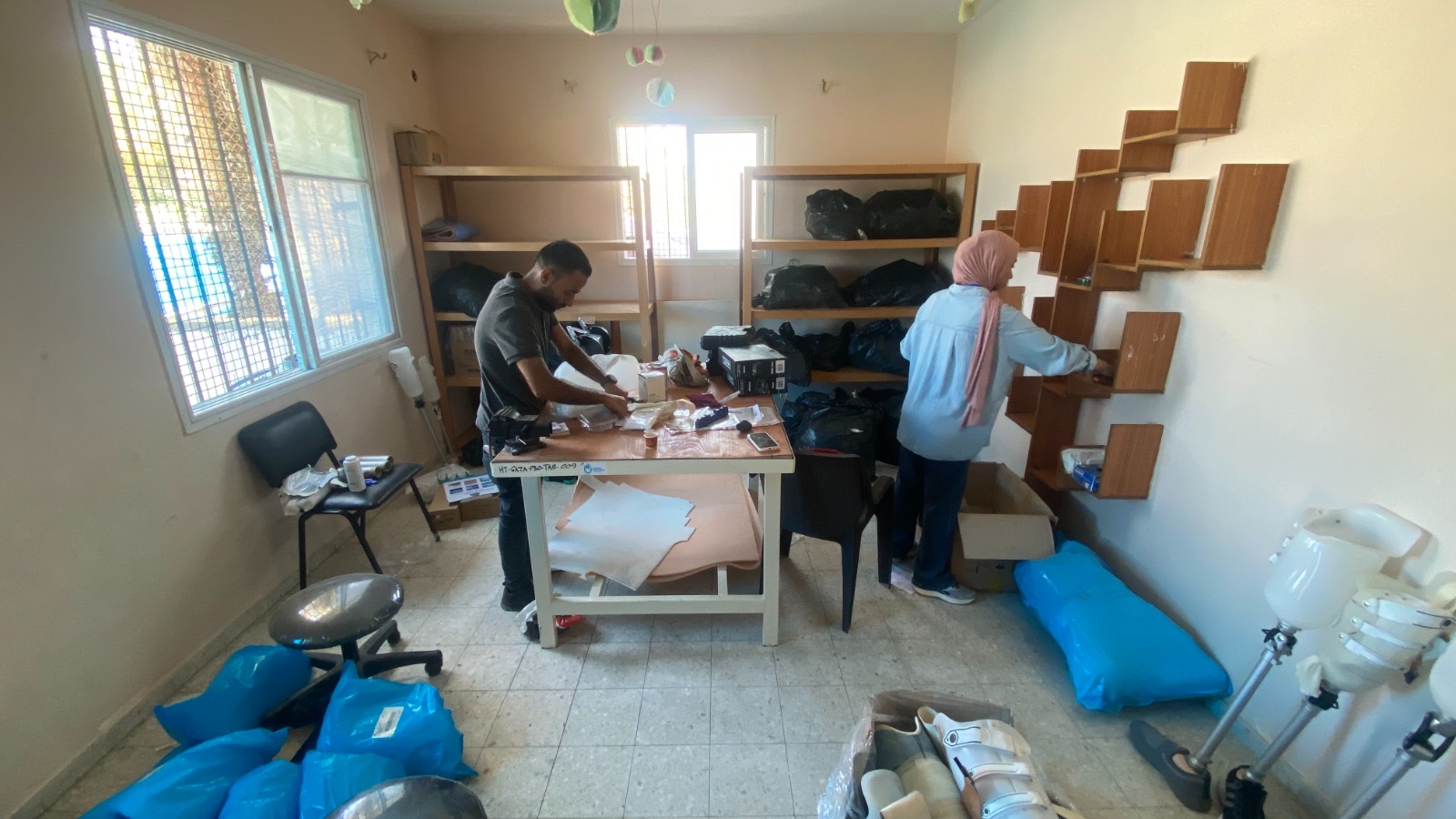
Gaza’s Amputees
At the Nahla Prosthetics & Orthotics Center in Gaza, staff wake up each day wondering if it’s safe to open before treating a handful of people in need of new limbs, adjustments, or psychosocial support. With famine declared in Gaza City and aid restricted, the center faces mounting shortages of materials and trained technicians. “Our colleagues call the situation a nightmare with no end,” says Zaid Amali, Humanity & Inclusion’s senior advocacy officer in Palestine.

‘People like Me Can Dare to Dream of Standing Upright’
Rwanda’s decision to cover prosthetic and orthotic services under national health insurance is being hailed as a milestone for disability rights. Advocates say it marks a shift toward greater inclusion and access to essential mobility aids. “This is more than a health policy,” says Jean Baribwira. “It is dignity, inclusion, and hope.” For many, the change represents long-overdue recognition of mobility as a basic right.
Read more about ‘People like Me Can Dare to Dream of Standing Upright’